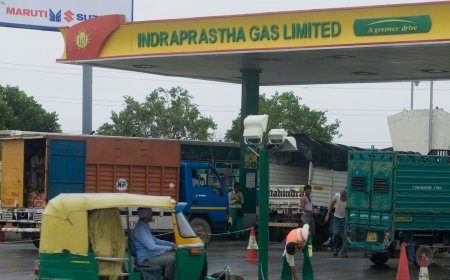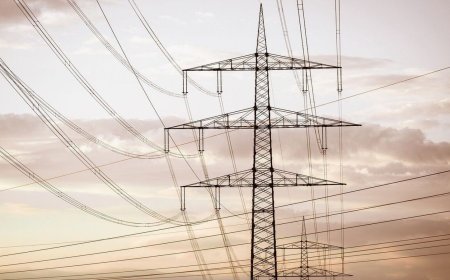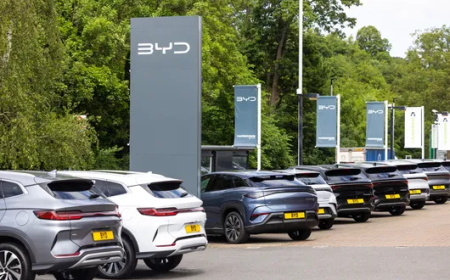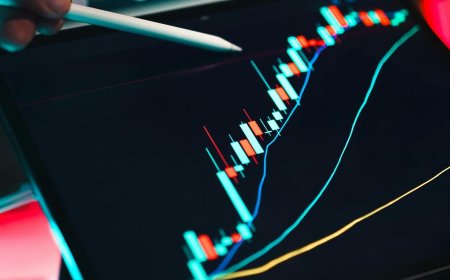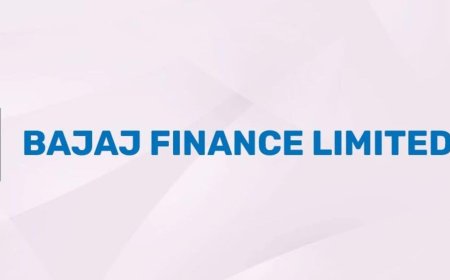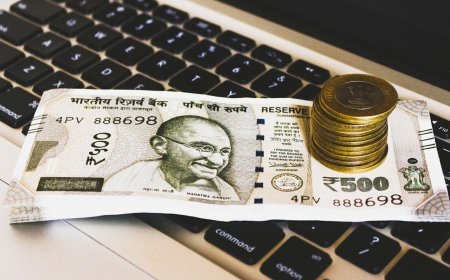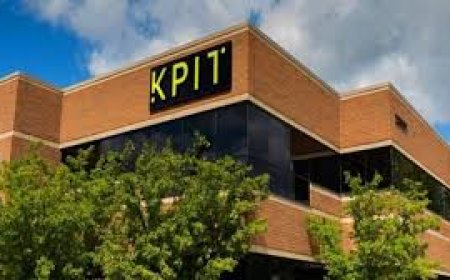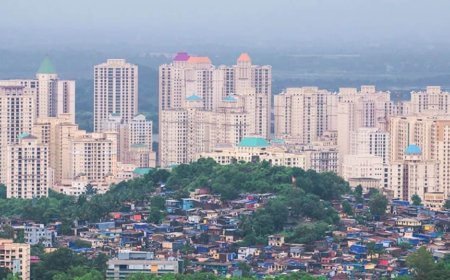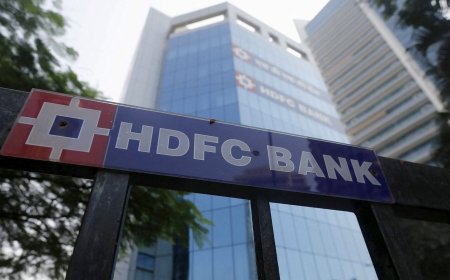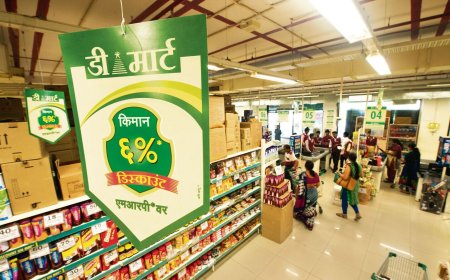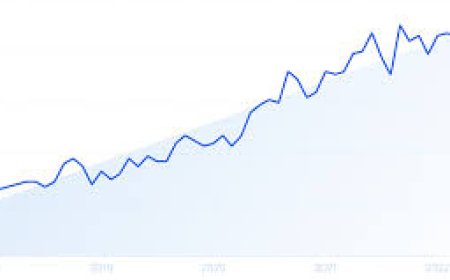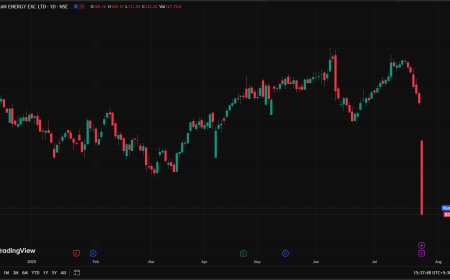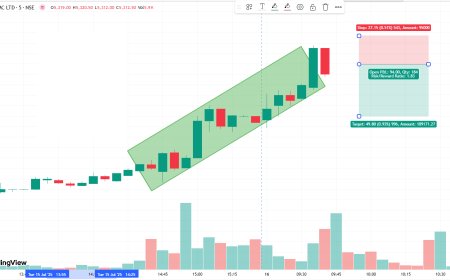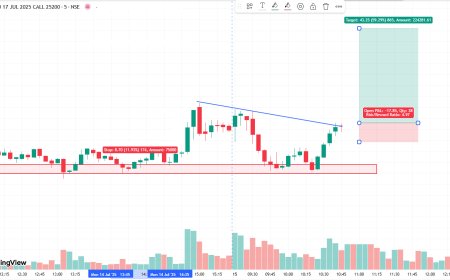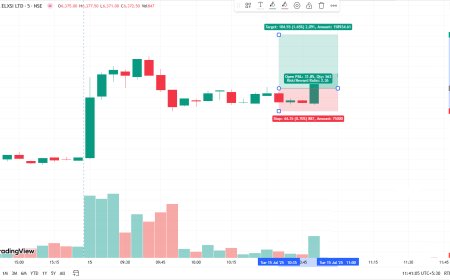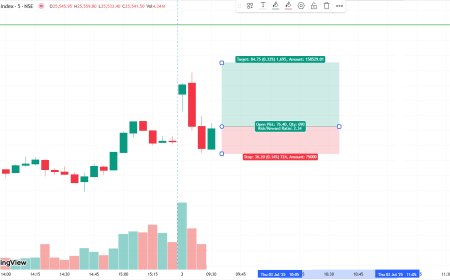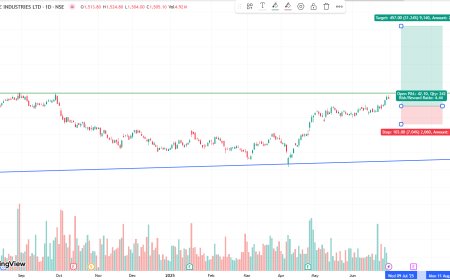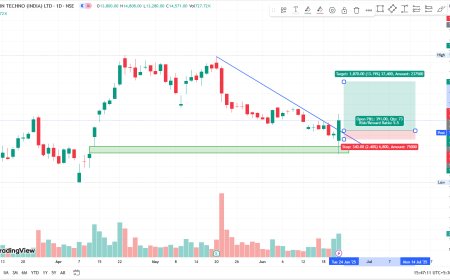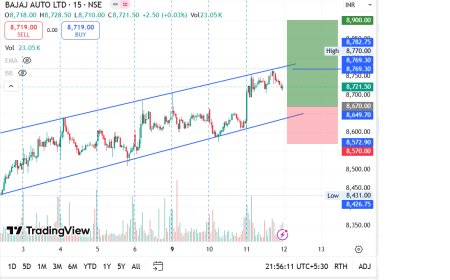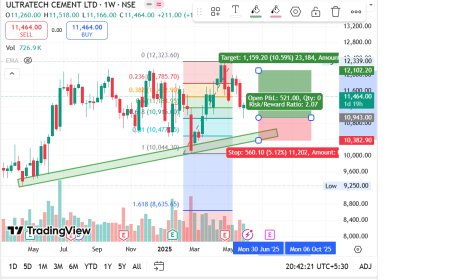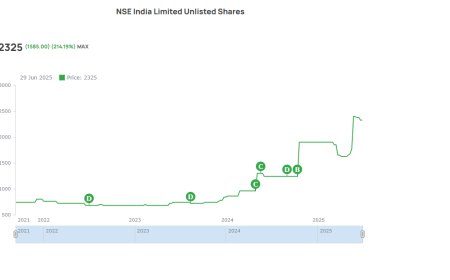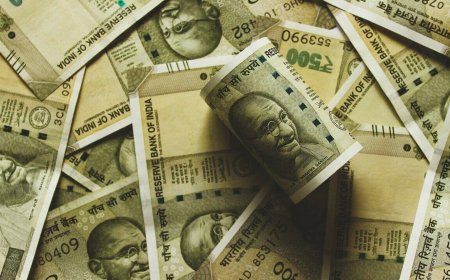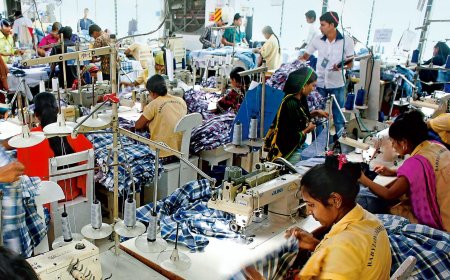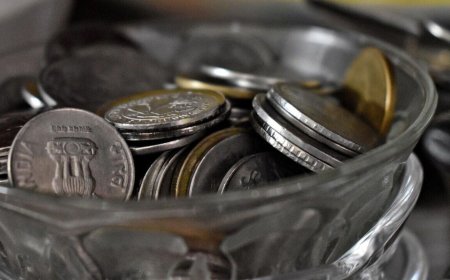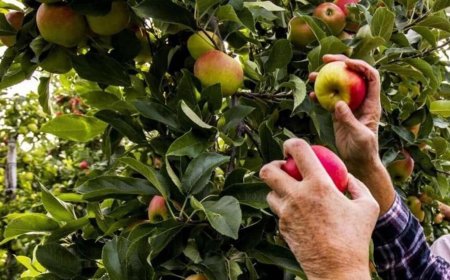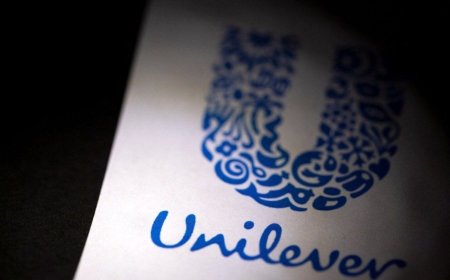Congo's Flooded Mine Disrupts Global Copper Supply Chain
The recent flooding at Congo's Kamoa-Kakula mine poses significant challenges to the global copper supply, impacting markets and investor strategies.

The Democratic Republic of Congo (DRC), a pivotal player in the global copper market, faces a significant setback as flooding disrupts operations at the Kamoa-Kakula mine. This incident not only hampers local production but also sends ripples through the international copper supply chain, raising concerns among investors and industry stakeholders.
The Incident: Flooding at Kamoa-Kakula
On May 23, 2025, Zijin Mining, a major stakeholder in the Kamoa-Kakula project, announced a temporary suspension of certain operations due to unexplained tremors leading to flooding within the mine. While no injuries were reported, the company evacuated personnel and equipment from affected areas as a precautionary measure.
Global Implications: Strain on Copper Supply
Congo's Kamoa-Kakula mine is among the world's largest high-grade copper operations. Disruptions here have immediate implications for global copper supply, especially as demand surges for use in renewable energy technologies and electric vehicles. The flooding exacerbates existing supply constraints, potentially leading to increased copper prices and volatility in related markets.
Analyst Insights: Market Reactions
Industry analysts express concern over the potential long-term impacts of the flooding. "The disruption at Kamoa-Kakula could tighten global copper supplies at a time when demand is accelerating," notes a commodities analyst at a leading investment firm. "Investors should brace for potential price hikes and supply chain adjustments."
Investor Outlook: Navigating Uncertainty
For investors, the situation underscores the importance of diversification and risk assessment in commodity markets. Companies reliant on copper may need to explore alternative suppliers or adjust production strategies to mitigate potential shortages. Meanwhile, stakeholders in the mining sector must prioritize infrastructure resilience to withstand environmental challenges.
The flooding at Congo's Kamoa-Kakula mine serves as a stark reminder of the vulnerabilities within global supply chains, particularly for critical resources like copper. As the situation evolves, stakeholders across industries must remain vigilant and adaptable to navigate the complexities of the global commodities market
What's Your Reaction?
 Like
0
Like
0
 Dislike
0
Dislike
0
 Love
0
Love
0
 Funny
0
Funny
0
 Angry
0
Angry
0
 Sad
0
Sad
0
 Wow
0
Wow
0

